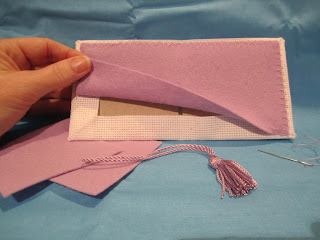Like any little girl growing up, our now .. almost .. 24 year daughter has gone through quite a few phases and her bedroom has reflected those phases along the way. Now, as a confident and independent young lady, her tastes are, understandably, modern and contemporary. But let me think now...... There was the
bold and colourful phase where everything was so bright that you practically needed to wear your sunglasses just to walk into the room, the
frangipani phase where she just loved the fragrance and simplicity of the island flower, the
owl phase where she tried to convince us that it was her personality imparting wisdom, but which her brother vehemently denied and dismissed as nonsense!! And then there was the
fairy phase. Fairyland, as it became known, lasted quite a few years and consisted of fairy doona cover and pillows, fairy wall frieze, fairy curtains and fairy 'glow-in-the-dark' ceiling stickers. The obsession extended to covering school books with fairy pictures, fairy stationery, fairy colouring-in books, fairy wall calendars and beautifully illustrated, glossy fairy books (which to this day, I might add, are still part of her special book collection) and so on.
When my cousin from Melbourne visited one time, she became totally and utterly enchanted with Fairyland and upon her return home, when shopping one day, found a fairy cross stitch kit. There was only one person she knew of who would love and appreciate this design and as a very kind gesture, bought the kit and posted it to my daughter as an addition to her room.
The Geranium Fairy was one in a series of cross stitch kits which DMC Myart adapted from original artwork by the talented and self-taught artist Cicely Mary Barker, who, despite any formal training, came to international acclaim as an artist with the publication of her Flower Fairies books in 1923.
As can be seen by these close-up shots, the 29 colours of stranded cotton ensured that the delicate brushwork, fine detail and subtle shading transferred beautifully into cross stitch art.
I can't recall now how long it took for me to complete stitching The Geranium Fairy but I do know it was finished and framed in plenty of time for it to be part of Fairyland and before my daughter moved on to her next phase. Now it adorns a wall in my workroom and is a constant inspiration for my love of nature.
Ros
'The fragrance of flowers spreads only in the direction of the wind. But the goodness of a person spreads in all directions.' - Chanakya
















